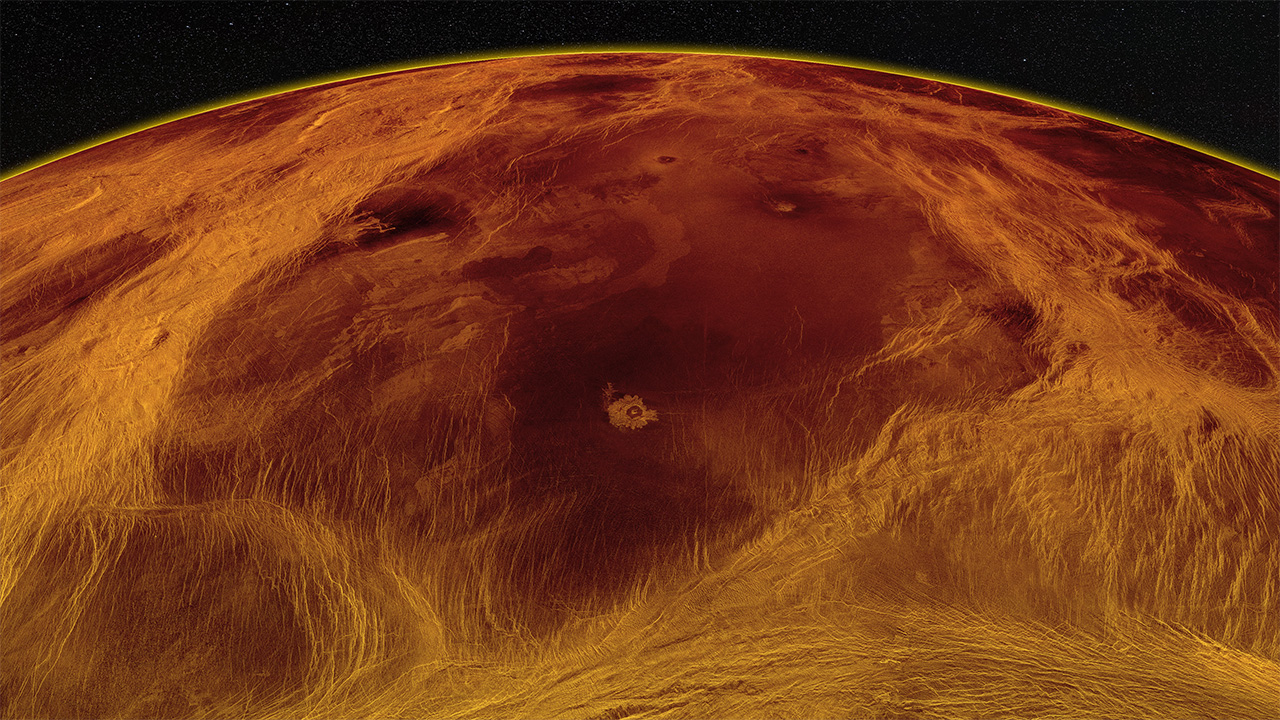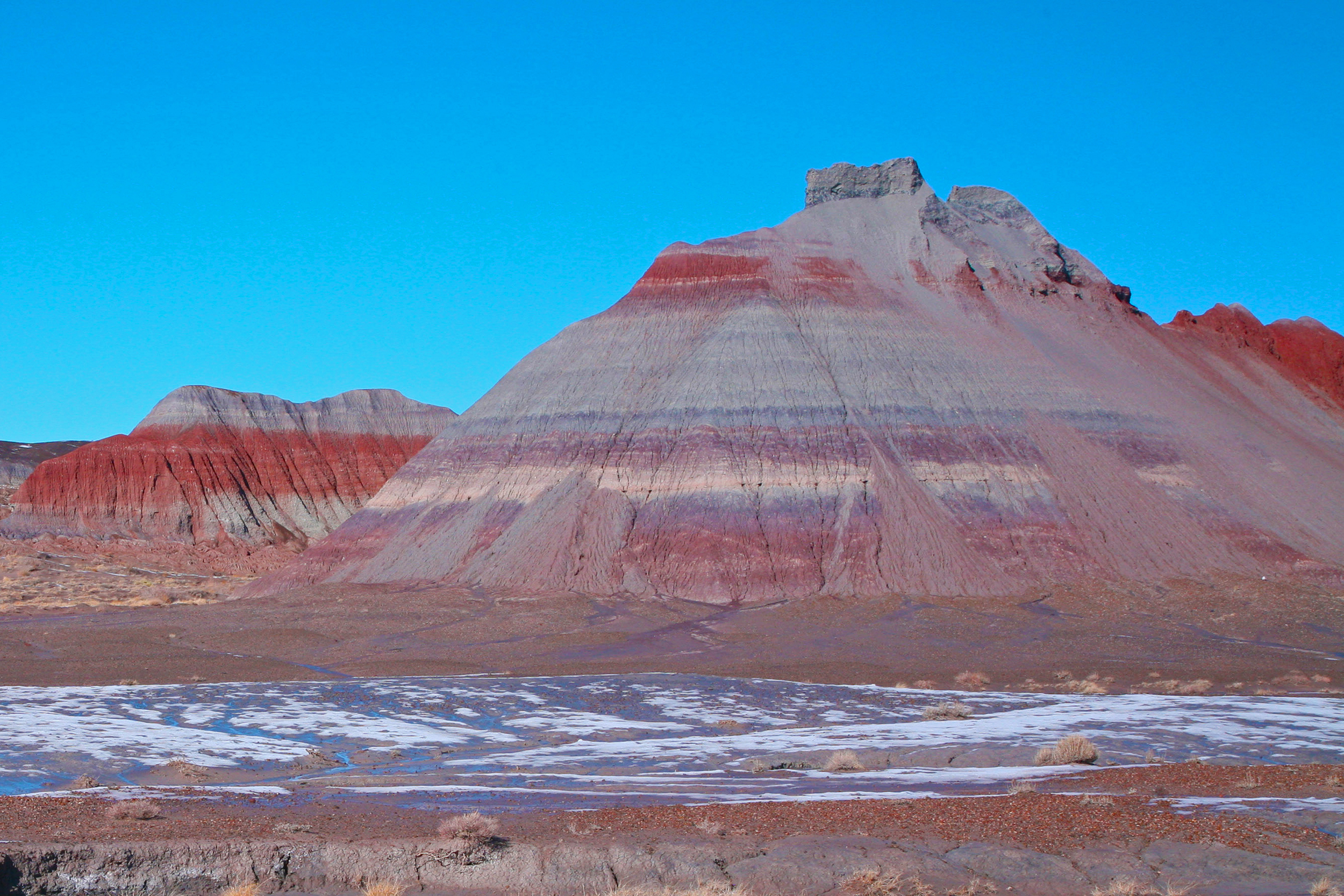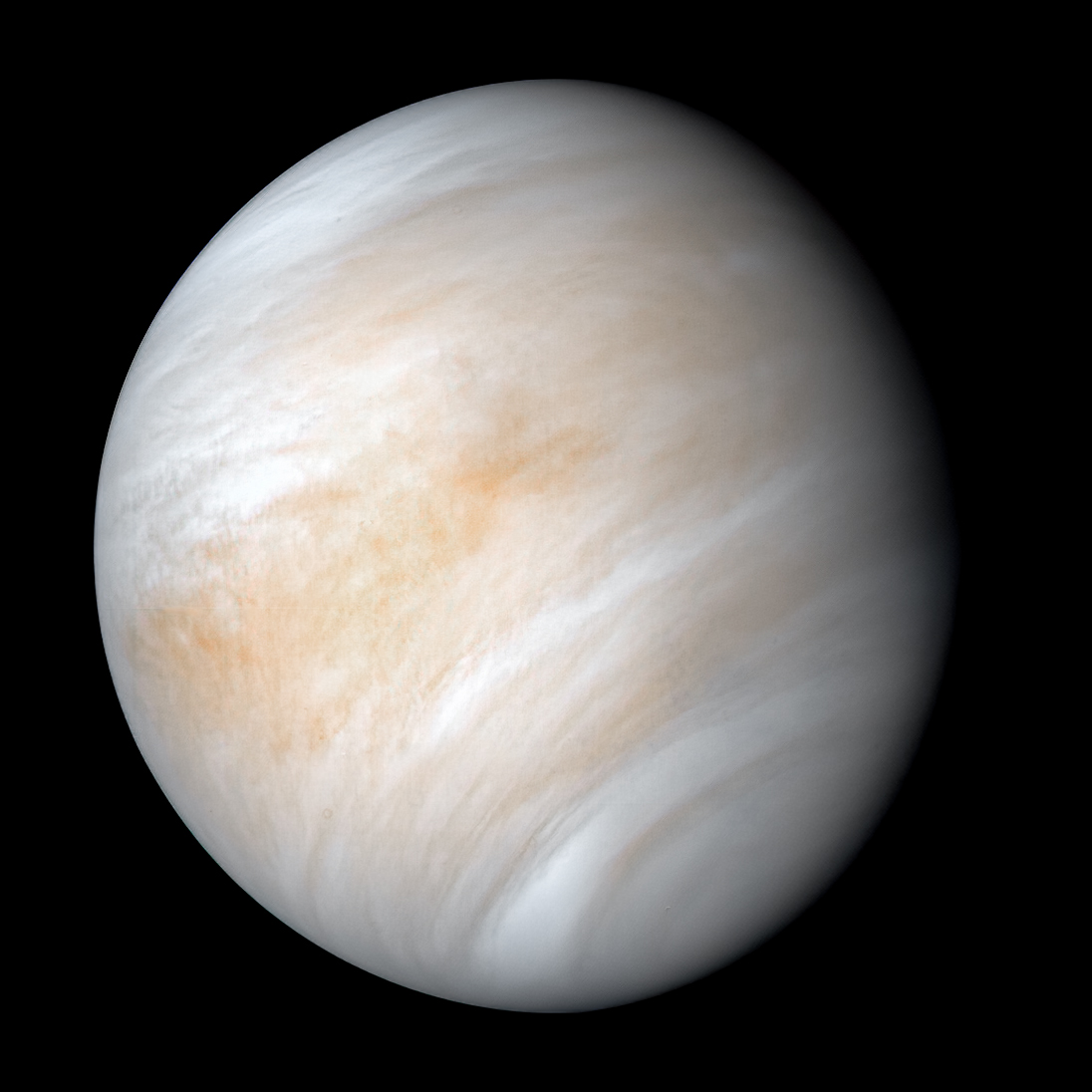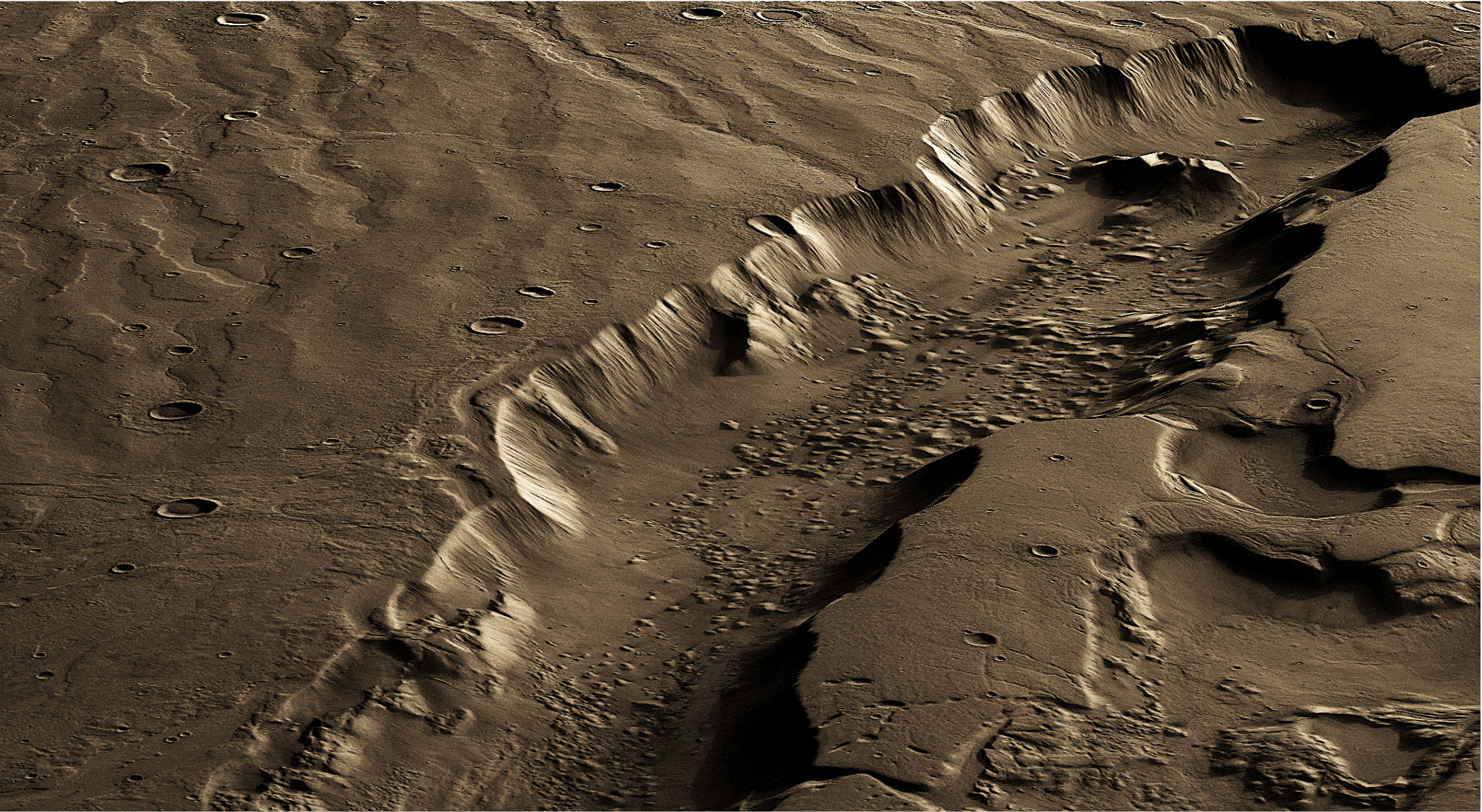Intrigued by reports of recent volcanic eruptions on Venus? WashU planetary scientists Paul Byrne and Rebecca Hahn want you to use their new map of 85,000 volcanoes on Venus to help locate the next active lava flow.
Tag: Venus
Meet VMS – the briefcase-sized chemistry lab headed to Venus
Short for Venus Mass Spectrometer, VMS is one of five instruments aboard the DAVINCI descent probe.
New research suggests explosive volcanic activity on Venus
Traces of the gas phosphine point to volcanic activity on Venus, according to new research from Cornell University.
Life could exist in the clouds of Jupiter but not Venus
Jupiter’s clouds have water conditions that would allow Earth-like life to exist, but this isn’t possible in Venus’ clouds, according to the groundbreaking finding of new research led by a Queen’s University Belfast scientist.

‘Pack Ice’ Tectonics Reveal Venus’ Geological Secrets
A new analysis of Venus’ surface shows evidence of tectonic motion in the form of crustal blocks that have jostled against each other like broken chunks of pack ice.
Venus Expert Available to Comment on New NASA Missions to Explore Planet Habitability
Clara Sousa-Silva is a quantum astrochemist at the Center for Astrophysics | Harvard & Smithsonian who has studied the potential for life on Venus. In 2020, she helped detect phosphine in the planet’s atmosphere, suggesting that life may exist in…

How Rocks Rusted on Earth and Turned Red
How did rocks rust on Earth and turn red? A Rutgers-led study has shed new light on the important phenomenon and will help address questions about the Late Triassic climate more than 200 million years ago, when greenhouse gas levels were high enough to be a model for what our planet may be like in the future.

Purported phosphine on Venus more likely to be ordinary sulfur dioxide, new study shows
A University of Washington-led team has revisited and comprehensively reinterpreted radio telescope observations underlying a 2019 claim of phosphine in the atmosphere of Venus. They report that sulfur dioxide, a common gas in the atmosphere of Venus, is likely what was detected instead of phosphine.

Best Region For Life on Mars Was Far Below Surface
The most habitable region for life on Mars would have been up to several miles below its surface, likely due to subsurface melting of thick ice sheets fueled by geothermal heat, a Rutgers-led study concludes. The study, published in the journal Science Advances, may help resolve what’s known as the faint young sun paradox – a lingering key question in Mars science.
Russian expert comments on a gas in the toxic atmosphere of the planet Venus that could be a by-product of life
A most interesting and important discovery, it shows we still know very little about the closest planet to ours. Naturally, this is by no means evidence of biological activity or its traces, nor does the original publication claim that. The…
Ancient ocean, meteorites could have seeded life in Venusian clouds
An international team of researchers has discovered the presence of the chemical compound phosphine in the atmosphere of Venus — a discovery that could indicate some form of life on the hot planet. They describe their findings in the journal…